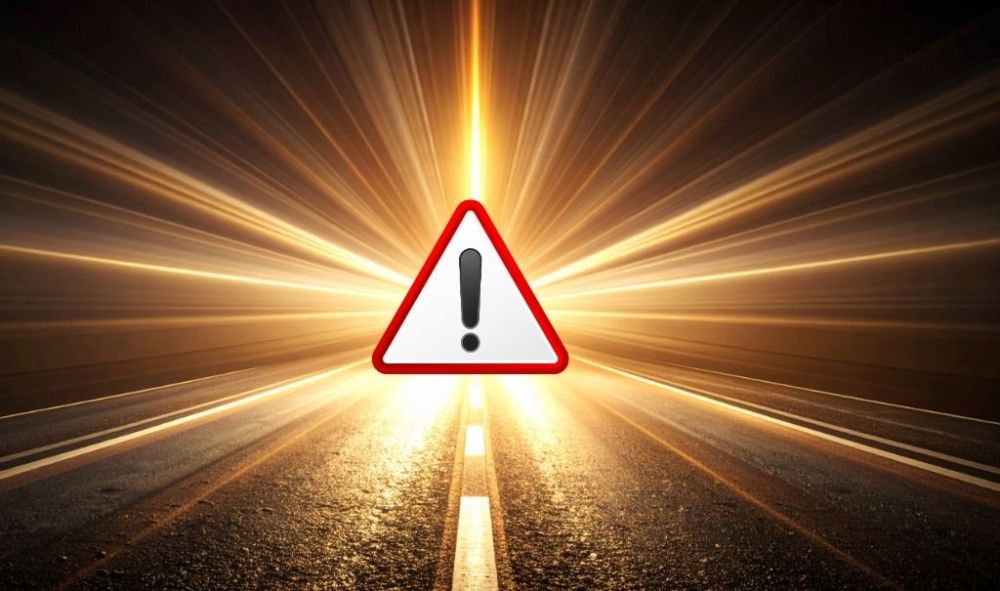Too Bright to Drive?

| W.E.U Admin | News
TAGS: Bus Drivers, Coach Drivers, Professional Drivers, Taxi Professional Drivers, Workplace Safety, Road Safety, Vehicles
What You Need to Know About Headlight Glare
As the nights draw in, many drivers across England are finding it increasingly difficult to drive safely after dark — not because of rain or fog, but because of dazzlingly bright headlights.
According to RAC research published in 2025, nearly 9 in 10 drivers say some car headlights are too bright, and 6 in 10 believe the problem has worsened in the past year. Even more concerning, half of those affected report being temporarily blinded, while 4 in 10 say they feel less safe driving at night.
The Hidden Safety Risk
This growing problem isn’t just an inconvenience — it’s a real safety risk, particularly for professional and night-shift drivers. Bus, delivery, and haulage drivers, many of whom spend hours on the road in dark conditions, face the harsh effects of glare far more often than the average motorist.
Long hours, fatigue, and repeated exposure to bright LED lights can make concentration harder and increase accident risk. Drivers have reported headaches, eyestrain, and slower reaction times after being repeatedly dazzled by oncoming traffic.
Why Modern Headlights Cause More Glare
Modern LED headlights are at the heart of the issue. While they are energy-efficient and improve visibility for drivers, they emit a whiter, bluer light that causes more discomfort to the human eye than traditional halogen bulbs.
The growing popularity of taller vehicles such as SUVs, whose headlights sit higher and shine directly into smaller cars, vans, and buses, has made matters worse. Misaligned headlights and illegal aftermarket LED bulbs — sold online despite being banned for road use — only add to the danger.
The Numbers Behind the Glare
Since 2014, official Department for Transport data shows an average of 263 collisions per year where headlight glare was listed as a contributing factor — including around five fatalities annually. Experts believe these figures likely understate the true scale of the problem, as glare-related incidents are often difficult to prove in investigations.
What the Workers of England Union (WEU) Says
The Workers of England Union (WEU) recognises this as not just a motoring issue but a workplace safety concern — particularly for members who drive as part of their job.
The WEU is calling for:
- Tighter headlight standards to limit glare intensity and improve regulation.
- Stronger MOT enforcement to ensure headlights are correctly aligned and road-legal.
- Employer awareness of the health and safety impacts of night-time glare on professional drivers.
Bright lights should never put workers in the dark. The WEU stands with its members in demanding safer, more responsible lighting on England’s roads and better protection for night-shift drivers.
References
RAC, The Guardian, The College of Optometrists, Department for Transport (DfT), Driver and Vehicle Standards Agency (DVSA), UK Parliament / Hansard, AA (Automobile Association), Lords Library, Road Safety GB, and various media outlets.
Workers of England Union (WEU)
Standing up for safer roads, safer workplaces, and safer futures.





